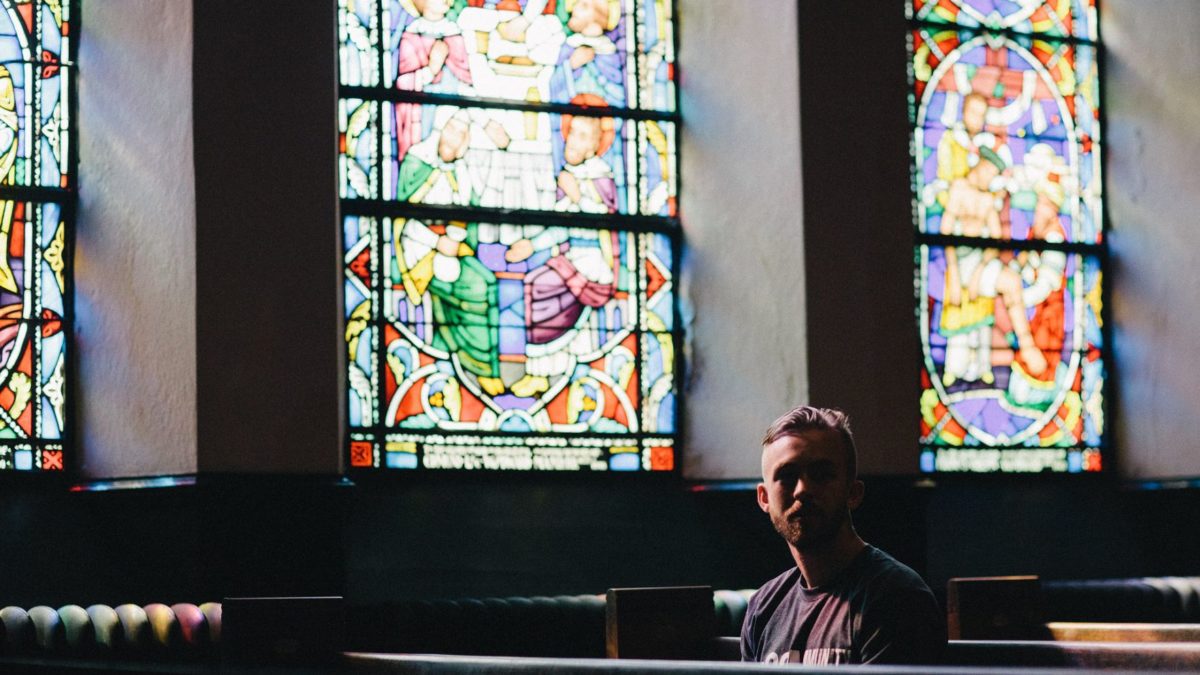Situated in the Cobbs Creek section of West Philadelphia, the Wharton-Wesley United Methodist Church once had a congregation of close to 700 people.
But today that has dwindled to 150, and only about a third of those show up for services on a typical Sunday.
Like many other religious buildings in Philadelphia, the church has plenty of underused space to host community groups. The third party’s presence helps to build the church’s value as a community hub and prevent its physical deterioration or even closure.
It’s already used by groups, including Alcoholics Anonymous, Girl Scouts and a kickboxing class, but it wants more people and more activity in its 29,000 square feet. Partnering with two other religious institutions, three community groups and teams of design professionals, they have created a program that reimagines the spaces to become more vibrant community assets.
The program, “Sacred Places, Civic Spaces,” would redesign Wharton-Wesley UMC, along with Zion Baptist Church on North Broad Street and the Philadelphia Masjid in Mill Creek, to make them more usable for community groups and, in turn, resist developers or the wrecking ball.
The initiative is the work of the Community Design Collaborative, which provides pro bono design services to nonprofits in Greater Philadelphia, and Partners for Sacred Spaces, a Philadelphia-based nonprofit that helps the congregations of historic religious sites to better serve their communities.
Community partners are the People’s Emergency Center for the Masjid project; ACHIEVEability for the Wharton-Wesley plan, and Called to Serve CDC for the Zion Baptist redesign. The program is funded by $500,000 from the William Penn Foundation.
Plans for the three institutions were unveiled on Dec. 4 at the Center for Architecture and Design on Arch Street. About 300 community members, designers, public officials and academics gathered to hear how the spaces would be remade. Comments made by a panel of expert judges at the event will be incorporated into the designs that should be finalized by next March.
At Wharton-Wesley, designers led by Brawer & Hauptman Architects announced plans to reactivate the space by focusing on food, with programs on gardening, cooking and after-school activities. The plan includes a renovated kitchen and hall where the church can expand its existing food ministry and a garden that would replace a parking lot. in addition, there will be a rebuilt entry-way to make the church building more accessible and inviting to the public.
At the Philadelphia Masjid on Wyalusing Avenue, designers led by HOK, an architecture firm, submitted a plan that includes classroom space, a public café and a playground. The building has been underused since a school there closed about 10 years ago.
And at Zion Baptist, designers led by the architecture firm Studio 6mm envision a remade space, including a business incubator, STEM education training center and grocery store.
In 2017, a survey by Pew Charitable Trusts found that nearly 10 percent of Philadelphia’s 839 historic sacred spaces have been repurposed and another 5 percent were vacant. Between 2011 and 2015, more than 20 were demolished to make way for new development.
Rev. David Brown, pastor of Wharton-Wesley, said his declining congregation has not only resulted in an under-used space, but has also strained the church’s relationship with the community.
–
“If we can help them figure out how to maintain their underutilized space or share it more broadly, they will have more active stewards of the space. If we do nothing, and they become abandoned, then there’s the possibility of blight.”
– Beth Miller, executive director of the Community Design Collaborative
–
Brown said the congregation has been asking itself whether the Cobbs Creek community would even know or care if the church closed its doors. The reverend is wholeheartedly in favor of the redesign program, because it would revitalize the church’s role as a community hub.
“People don’t come to church – not just our church, church in general,” Brown said. “So being able to be more of a community resource, we will be able to better serve the community whether people show up on Sunday or not.”
According to Partners for Sacred Spaces, 87 percent of the community-group members who use them are not members of that religious community.
If implemented, the redesign program could offer a lifeline to a large building that has high maintenance costs that are beyond the ability of a dwindling and aging congregation to support. The combination has led church authorities to ask whether it’s better to keep the building open or sell it and use the proceeds to pursue its ministry elsewhere, Brown said.
But with the prospect of additional rent from community groups using a redesigned space, participation in Sacred Places Civic Spaces has forestalled any decision to close the church.
Brown estimated that the renovations would cost at least $250,000, and it’s not clear where that money, or the construction costs of the other two projects, would come from.
Beth Miller, executive director of the Community Design Collaborative, said possible sources of funding include the Reinvestment Fund, a Philadelphia group that supports projects such as affordable housing and health centers in low-income areas, low-income tax credits or historic preservation tax credits.
“The work is not finished with just the design,” Miller said. “The concept allows the congregations and their partners to see if they can get the financing necessary to undertake something.”
Despite the financial uncertainties, the initiative has facilitated a conversation between the parties that would not have happened otherwise, Miller said.
“If we can help them figure out how to maintain their underutilized space or share it more broadly, they will have more active stewards of the space,” she said. “If we do nothing, and they become abandoned, then there’s the possibility of blight.”
Collaboration between faith groups and community organizations may yield unexpected results, argued Bob Jaeger, president of Partners for Sacred Spaces.
“We are about enlivening institutions that are often misjudged. They are seen as just places of worship, and we know already they have a larger community role,” Jaeger said. “If design can make these places lively, and exciting and fundable, then we’ve succeeded.”
TWITTER: @JONAHURDLE




